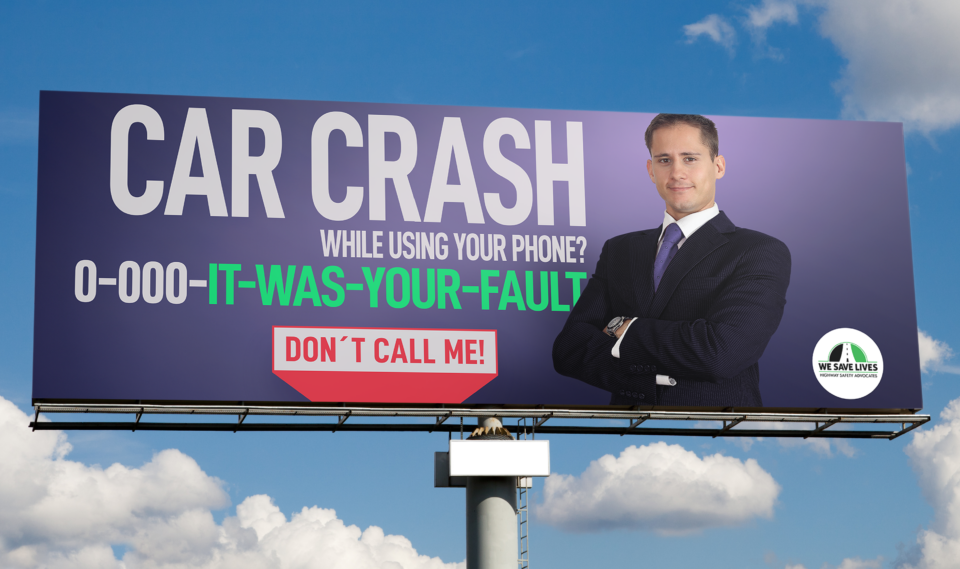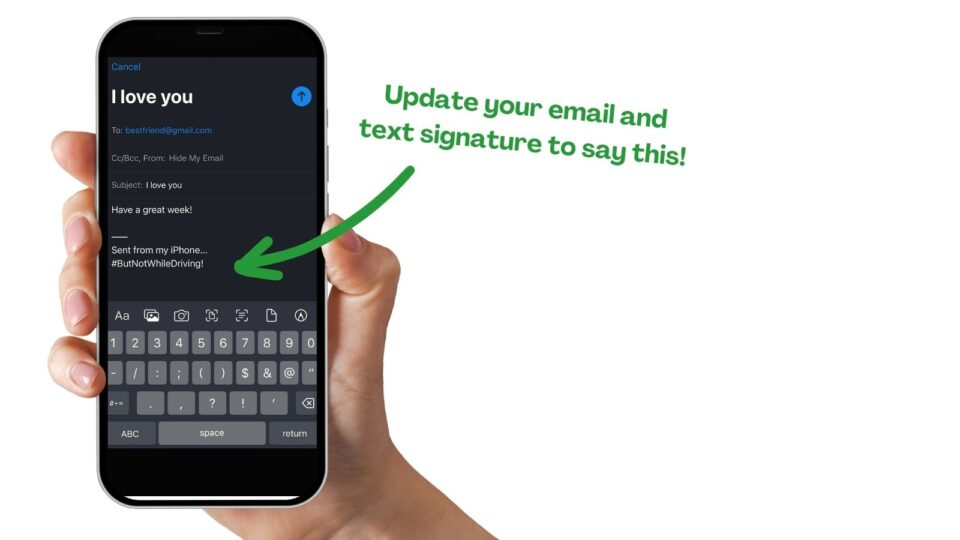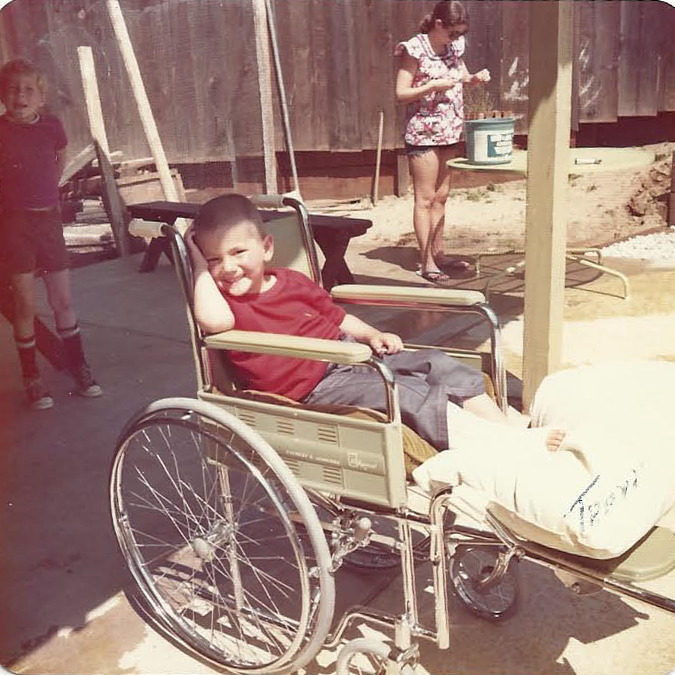- WE SAVE LIVES
- info@wesavelives.org
LETTER TO NEW TEEN DRIVERS *
OPEN LETTER TO STATES CONSIDERING MARIJUANA LEGALIZATION
September 19, 2015REPORT CARDS ARE IN: TEENS DON’T KNOW EVERYTHING ABOUT DRIVING!
September 19, 2015Dear Newly Licensed Teen Driver,
In 2006 my son Reid, the driver, died in a one car crash, at age 17, eleven months after getting his driver’s license. I start with my tragedy only to introduce myself as more interested in safe teen driving than the average parent.
You may have heard of the famous prayer asking for the ability to accept what we cannot change, the courage to change what we can, and the wisdom to know the difference. Safe teen driving is similar. Let me explain.
In the past ten years or so, scientists scanning the human brain have shown that its functioning is not complete until we reach about age 25, and the last part that develops is the ability to perceive danger and take action to reduce or avoid risk. Brain development is one of those things we can’t change. Another is the time it takes to become an “experienced” driver. The experts say three to five years. Though Driver’s Ed is crucial, even hundreds of hours do not expose us to the complex judgment calls that drivers must be able to make.
What do these unchangeable characteristics mean for you as a new driver? Here’s a concrete example. You’re on a two lane road, with the opposite lane’s traffic coming toward you. You are running late. Directly ahead of you is a delivery van that is moving more slowly than you’d like. In the distance, in the oncoming lane, is a big truck. You quickly consider whether you can pull into the opposite lane, pass the van, and get back into your lane in time to avoid that truck.
Here’s the difference between a new teen driver and a mid-20’s driver with several years of experience: When a young driver makes this snap decision, the brain does not signal, or at least doesn’t send an urgent warning, about the danger of not getting back into lane.
On top of this, a new driver’s ability to evaluate the relative speeds of the three vehicles is shaky at best and guesswork at worst, because this is not a situation that can be taught or practiced in Driver’s Ed – it’s too risky.
The teen driver pulls into the left lane and guns the engine, trying to stay in lane while also reevaluating, second by second, the relative positions and speeds of the van, the truck, and the car. It either works … or a serious crash results, all because of what the new teen driver doesn’t have and can’t summon on demand, judgment and experience.
What about your driving can you control? There are five big dangers that present a choice every time you get behind the wheel. A way to remember them is P-A-C-T-S: passengers, alcohol and drugs, curfews (night driving and fatigue), texting/electronic devices, and seat belts.
Every teen passenger in your car increases the risk of peer pressure to drive recklessly. Alcohol, drugs, and anything that slows or eliminates reaction time, coordination, or judgment make an already dangerous situation worse. The later you are on the road at night, or the sleepier you are (which could be any time of day), the bigger the risk of a crash. Texting or using any electronic device to text, type, read, make a phone call, or watch a video is driving blindfolded. And an astonishing 50 percent of the 3,000 to 4,000 teens who die each year in crashes in the U.S. were not wearing seat belts.
Wisdom for teen drivers, then, is (1) recognizing the baseline dangers you can’t avoid; and (2) taking on the PACTS dangers as an ingrained habit, by limiting passengers, avoiding alcohol and drugs, getting off the road early or when you are tired, using electronics only when you have pulled over or stopped, and demanding seat belts of yourself and everyone in your car.
Anyone can drive a car. Neglecting the PACTS dangers is easy. The best way you can show others that you are on your way to becoming a responsible adult is to take the risks of driving seriously. My hope for every teen getting a driver’s license is that driving won’t leave your family and friends with grief and wonder, and that you will be able to show them the promise of your young life.
Tim Hollister
Hartford, Connecticut
September 2014
* portions of this letter previously appeared in a July 2014 publication on AutoBlog, part of AOL.Autos. Reprinted with permission
Tim Hollister’s book is “Not So Fast: Parenting Your Teen through the Dangers of Driving”. This book will help parents discuss critical issues with their young drivers.




